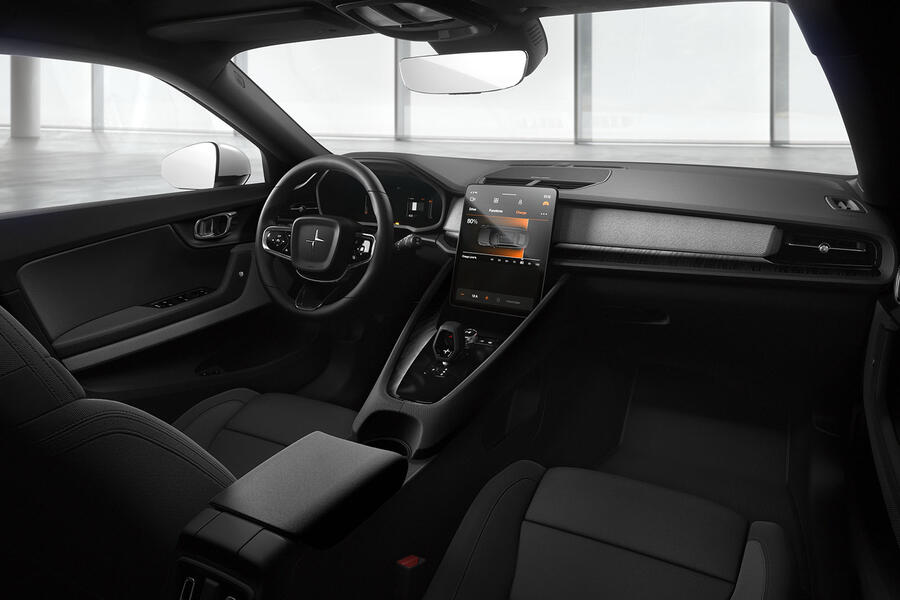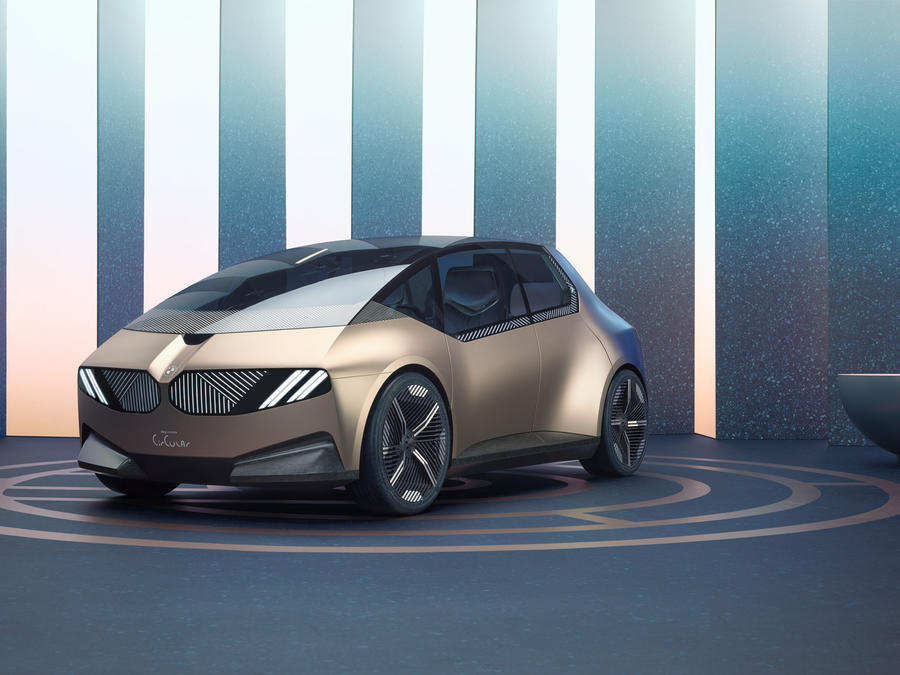As the ongoing debate about cutting emissions – both in the car industry and more widely – shows, there are no simple solutions when it comes to reducing your carbon footprint.
Although electric cars produce no tailpipe emissions, the inconvenient truth is they’re only as clean as the electricity that powers them – and as Polestar’s and Volvo’s life-cycle analysis shows, producing an EV is more carbon-intensive than producing a comparable combustion-engined car.
Which means that electric cars are only the start: the automotive industry’s move towards sustainability will affect every aspect of how cars are produced and built in the future. Here are just some examples of how cars are changing as the industry attempts to reduce its carbon footprint.
Bodywork and chassis
Car buyers seeking sustainable solutions might notice the use of an eco-friendly seat fabric but some of the biggest gains can lie in reducing the carbon impact of the materials used in the car’s frame and bodywork.
Advances can come from working with suppliers: Kia has launched a carbon emissions monitoring system for its suppliers and has pledged in future to use only ‘green steel’ – metal produced without the use of fossil fuels. That could have a substantial impact, given that steel production accounts for 8% of global greenhouse gas emissions.

Swedish joint venture Hybrit has started producing steel by replacing the coking coal traditionally used with renewable energy and hydrogen. Volvo Group recently took delivery of the first customer shipment.
Car firms evaluating new materials for bodywork also include Volkswagen. With the ID Life concept, for instance, it showcased a removable roof and bonnet made from recycled PET bottles, making them both lighter and cheaper to produce than traditional examples.






































Join the debate
Add your comment
Surely one of the biggest concerns should be the cutting of weight. So many of the vehicles coming onto the market are ridiculously heavy for their size.
I see Maria has been head of Colour Trim at Bentley for 6 years 8 months. Based on her 7 year evaluation cycle I'm looking forward to a range of new materials and options in 4 months time!!
I did chuckle when i read that Bentley will not use materials that they think wont last 100 years. What about the batteries? Are there any ideas how long the batteries will last if kept in perfect conditions. I bet its no where near the life time of the average Bentley
That amused me too. I very much doubt that modern, complex Bentley's (will) have the same lifespan as some of its older models.